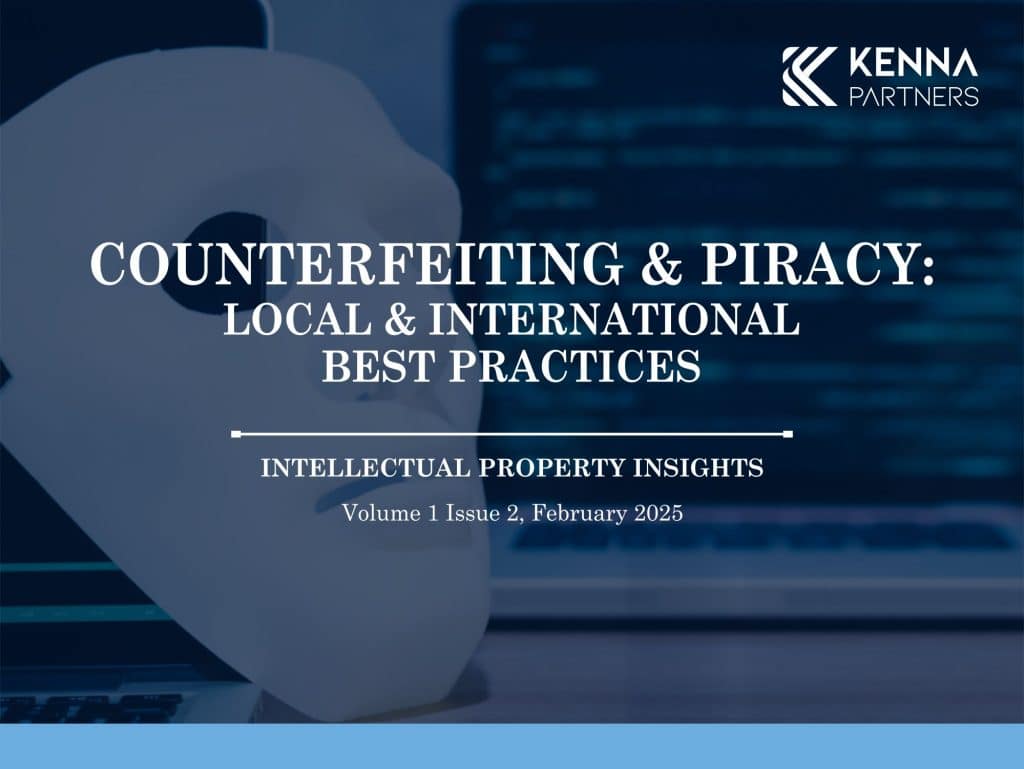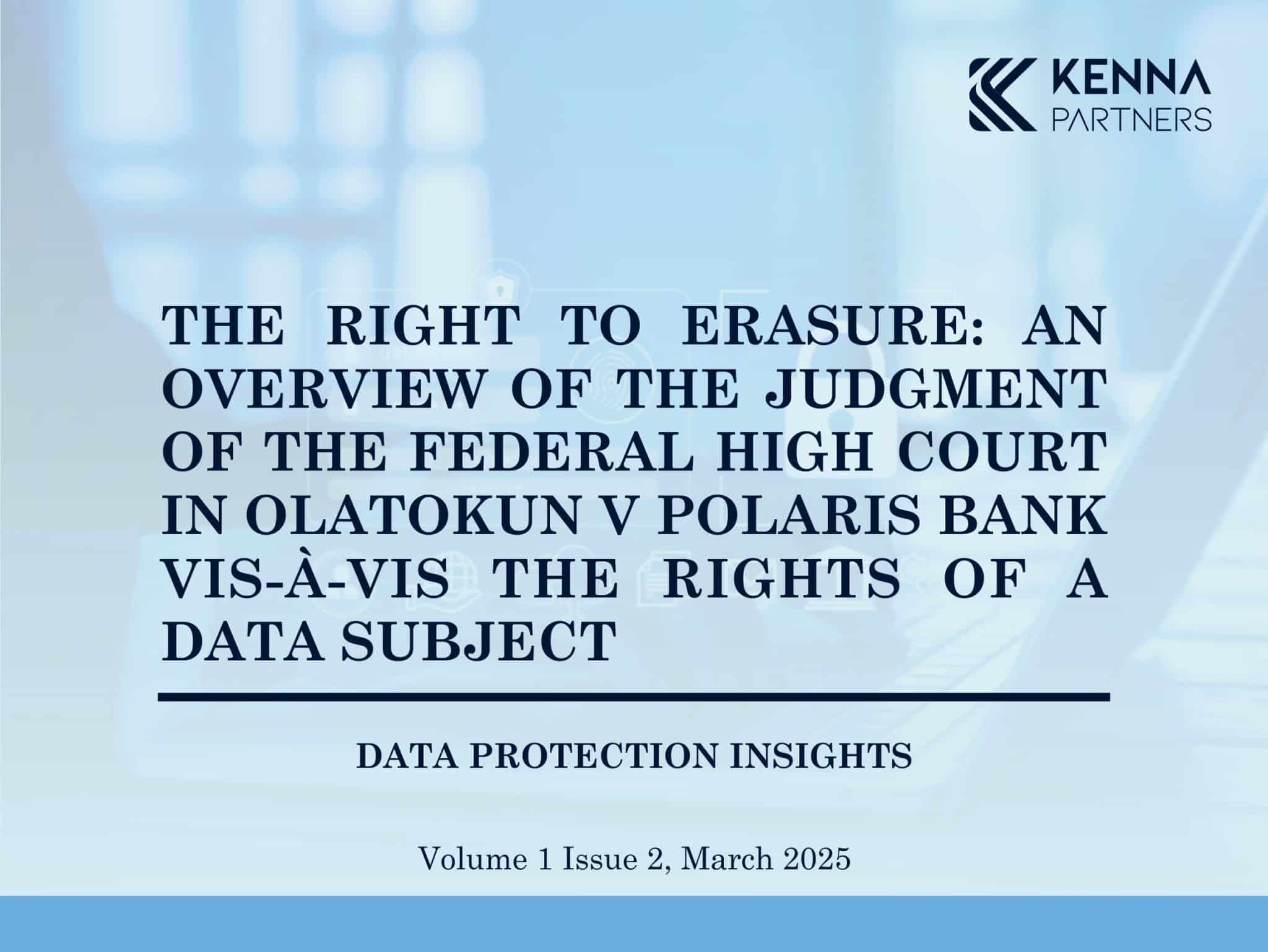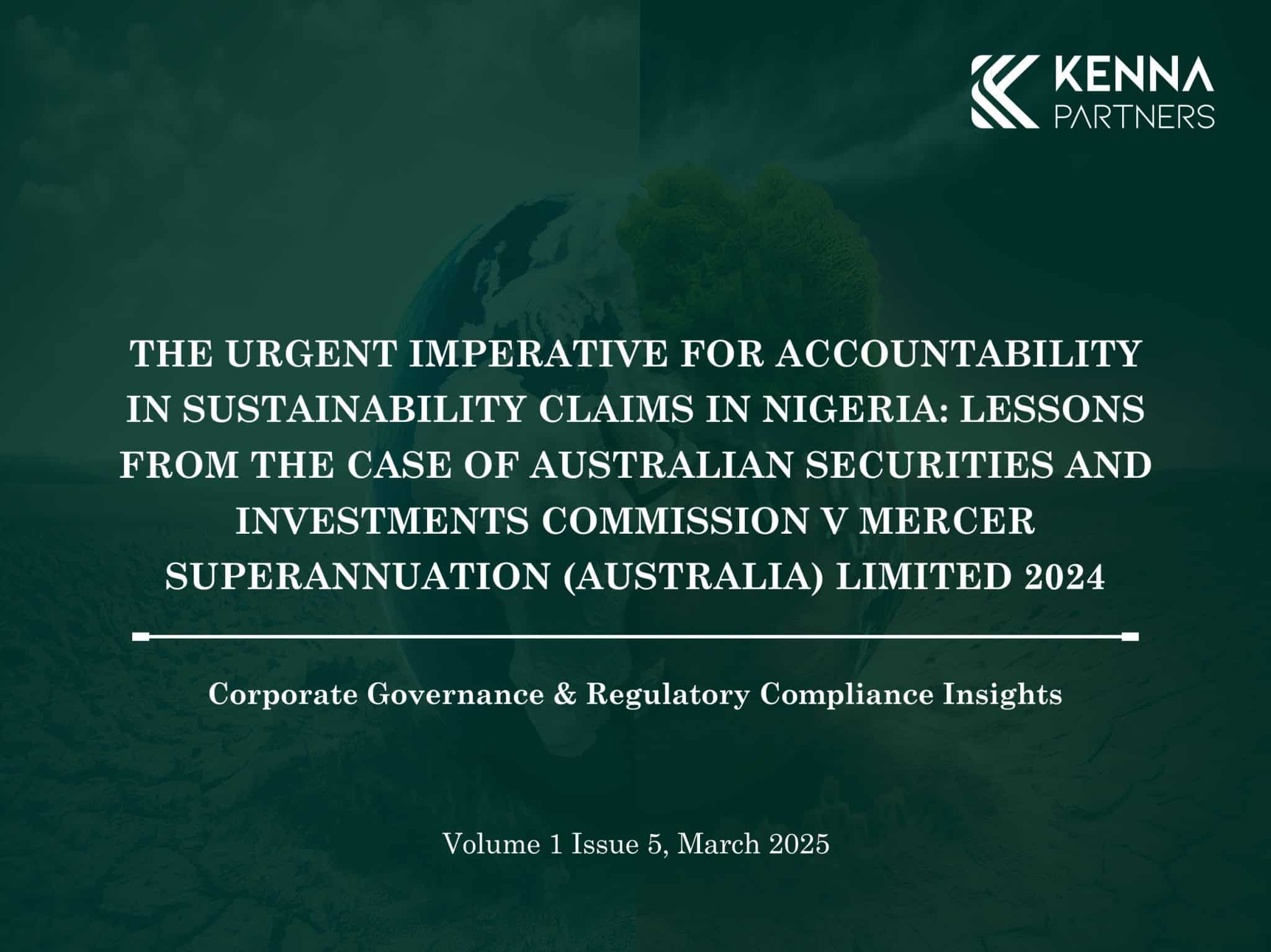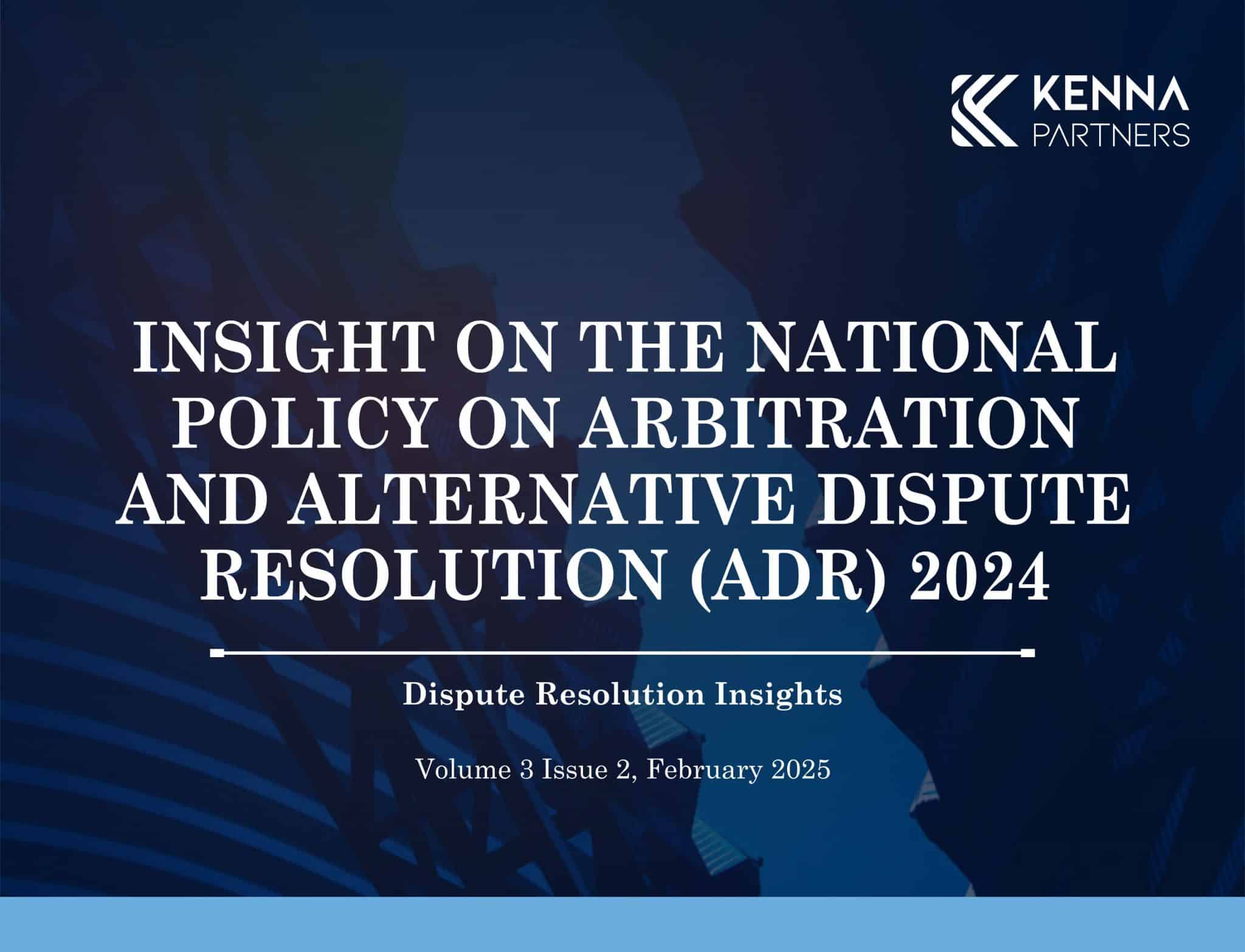Counterfeiting & Piracy: Local & International Best Practices

Table of Contents
- Loading table of contents...
Introduction
Counterfeiting and piracy are pervasive issues that pose significant threats to both local and global economies. These practices infringe on intellectual property rights and undermine the innovation and investments of creators and the entire industry.
The impacts of counterfeiting and piracy are far-reaching, often leading to the erosion of the foundations of legitimate markets and disruptions in trade. In response, various local and international strategies have been developed to combat these issues, encompassing robust legal frameworks, enforcement mechanisms, public awareness campaigns, and technological solutions.
This paper explores the definitions, scope, and economic impacts of counterfeiting and piracy and examines the intellectual property rights they infringe upon. Additionally, it highlights local and international best practices in combating these threats, with a particular focus on Nigeria’s regulatory framework.
Definition and Scope
Counterfeiting, on the one hand, involves unauthorised forging, copying, or imitation with the intent to deceive or defraud. It also includes passing off the counterfeit item as an original or genuine product. On the other hand, piracy refers to the unlawful reproduction or distribution of copyrighted material without proper authorisation.
Though similar, counterfeiting specifically involves the intent to deceive consumers into believing they are purchasing genuine products, whereas piracy does not necessarily involve the element of deception. Counterfeiting is an infringement on the trademark rights of the creators, while piracy is an infringement on the copyright.
Counterfeiting and piracy in Nigeria significantly contribute to the erosion of intellectual property rights. These acts infringe on copyrights, patents and trademarks, undermining the innovation and investment made by creators. This not only diminishes the financial returns for these creators but also weakens the incentive for continued research and development of intellectual property. The absence of effective intellectual property enforcement mechanisms discourages creators from producing high-quality products, hindering the growth of the respective sectors.








